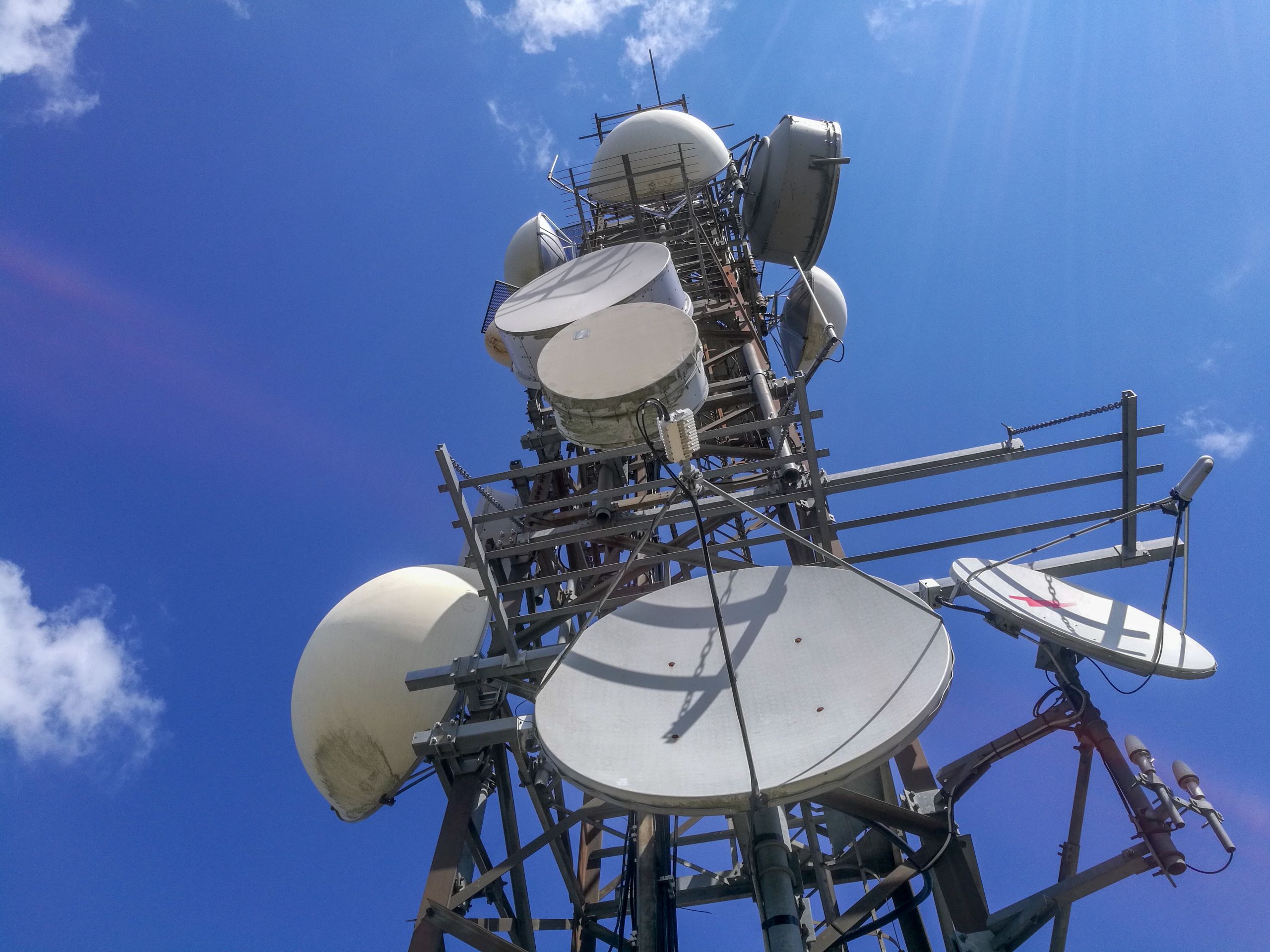In spite of the deadline for global digital migration in broadcasting being known years ago, and in spite of the massive campaign that the Uganda Communications Commission has done in the count down to the exercise, the country still seems to be struggling with the migration.
The Uganda migration manager, SIGNET, says the switch of from analogue broadcasting to digital broadcasting in the country will be done in three phases. The first phase affected areas in a 60 KM radius of Kampala were switched off on June 17 (2015), the second phase areas affecting areas like Masaka, Hoima, Mbarara, Masindi, Mbale, will be switched off on July 31, while the third and last phase- affecting areas like Soroti, Lira, Rukungiri, Kiboga, Gulu, Kabale, Jinja, among others will be implemented on August 31.
The switch off of the first phase has occasioned a stampede of people seeking to buy digital TV decoders or Digital TV set boxes. The pay TV service providers have witnessed long lines of customers waiting to buy decoders to be able to see pictures on their TVs again.
Recent media reports indicated that the number of set top boxes imported into the country ahead of the migration are much fewer that required by the market. For example, while TV owners in the country are estimated to be close to 4 million, only 300,000 set top boxes have been imported into the country by suppliers licensed by the Uganda Communications Commission.
The other complaint has been the cost of the free to air set boxes. A survey done by the Infrastructure Online shows that set top boxes range in prices from Ushs120, 000 (US$40) to Ushs 180,000 (US$60). The cry has been that a majority of Ugandans who own TV sets cannot afford such boxes.
To take advantage of the situation the Pay TV service providers- who are mainly three- DStv /Go TV, Azam TV, Zuku TV and Star Times have slashed down prices for their decoders to encourage many Ugandans to subscribe. All the three have gone on massive campaigns to attract the new desperate potential subscribers. Recent surveys in the country showed that although there are about 4 million TV owners in the country, only about 10 per cent of those can afford pay TV. Pay TVs ordinarily pay between Ushs 20,000 (US$7) to Ushs 300,000 (US$100) for monthly subscription to Pay TV services.
According to UCC, Uganda currently has 24 terrestrial broadcasters; some of them are available on PayTV platform while about 10 of them are not.
In spite of the challenges, SIGNET insists the migration will proceed as planned.













